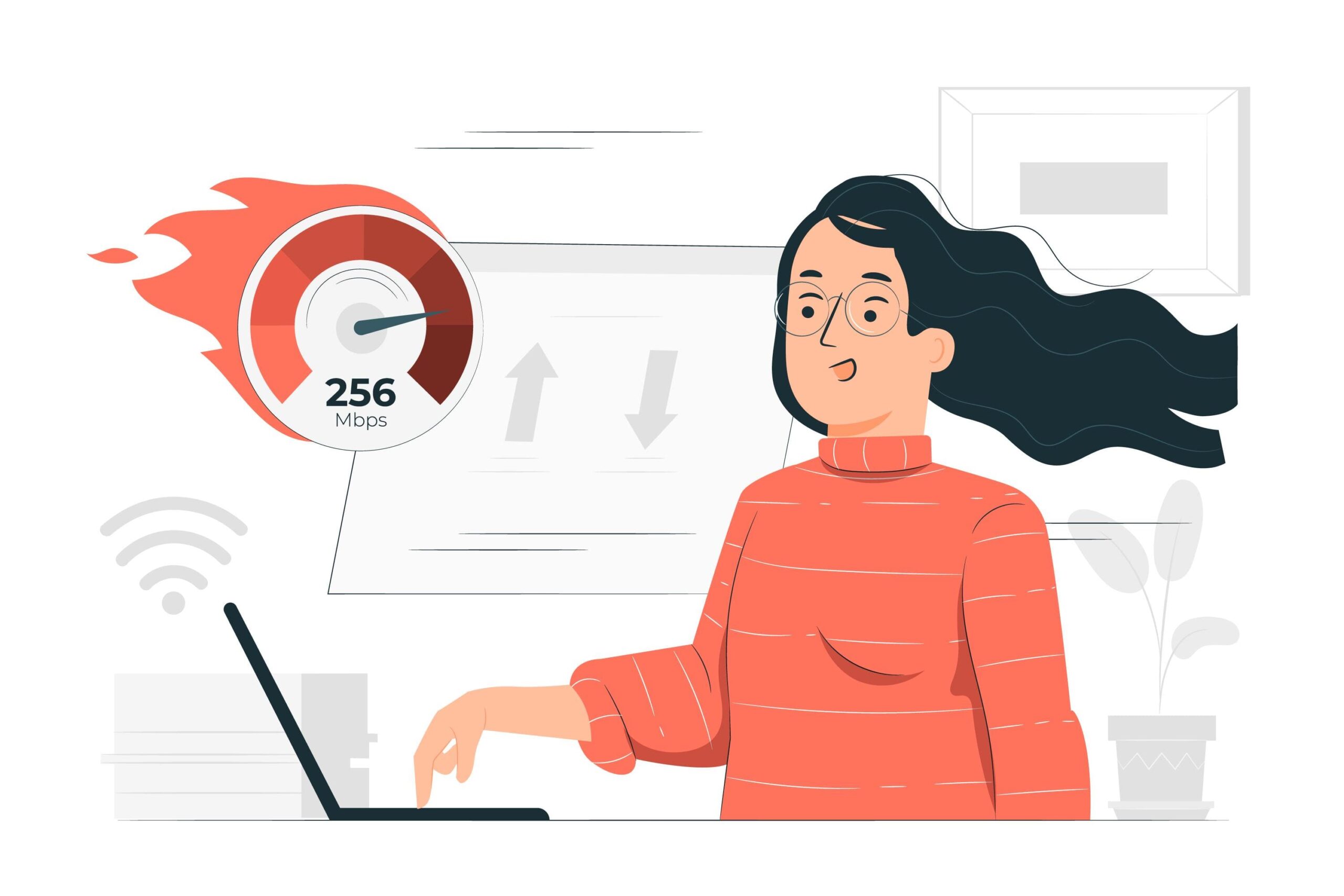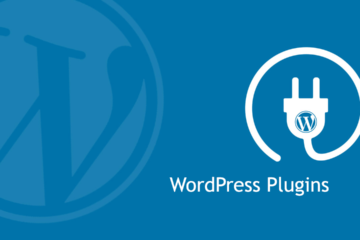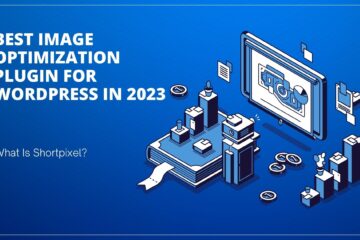How to Build a Website From Scratch: A Comprehensive Guide
If you’re a business owner, a website is a must-have tool to reach potential customers in today’s digital world. With 93% of US consumers searching for local businesses online in 2020, it’s essential to have a reliable website to increase brand awareness.
Creating a website from scratch may seem daunting, especially if you’re not tech-savvy or a website developer, but it’s possible to learn. This comprehensive guide will teach you how to create your website, even if you’re a beginner.
Choosing the Best Platform for Your Website
Before we get started with the eight steps to building your website, it’s essential to choose the best platform for your website. As a non-technical person, website builders are the perfect solution to create a website without coding skills. There are several website builders available, but choosing the right one is crucial as you’ll need one with all the features you need to scale as your business grows.
Our recommendation is to use WordPress. It’s not just a website builder, but also the leading content management system (CMS), powering over one-third of the web. From small businesses to innovative tech startups to Fortune 500 enterprises, WordPress has features to suit them all.
Why Choose WordPress?
There are several reasons why we recommend WordPress as the best website builder for bloggers and businesses of all sizes:
• It’s free. WordPress runs on open-source software, which means it’s free. However, you’ll need a reliable web host to make your website, such as Bluehost’s hosting plans paired with our website builder. WordPress.com is another free version of WordPress that doesn’t require hosting, but it has very limited features.
• It’s responsive.
• It’s customizable. You can create a website in a few days without breaking a sweat.
Now that you’ve chosen your website builder let’s dive into the eight steps to create your website from scratch:
Determine Your Website’s Goal
Before you start building your website, it’s essential to decide its primary purpose. Your website should be a means to an end that you choose. Whether it’s building your email list, selling your products on your e-commerce store, or gaining clients, your website’s goal should inform all the succeeding decisions you make concerning your website.
Find a Suitable Website Builder
With WordPress, you won’t have to worry about coding skills. You’ll have access to all the features you need to scale your business.
Select a Descriptive or Brandable Domain Name
Your domain name is your online address, just as a physical store has a street address. Buying a domain name, such as example.com, shows your prospects that you are a professional who they can trust. Selecting a domain name is crucial to building your website because your domain name represents your online identity to visitors.
Also Read: How to Write a Successful First Blog Post: A Step-by-Step Guide
Choose a Reliable Web Hosting Service
The first step in creating a website is to choose a reliable web hosting service. Your web host powers your domain and allows users to access your website. Choosing the right hosting service for your business is essential, and the plan you go for will depend on the amount of traffic you expect to receive. As a beginner, you can opt for a shared hosting plan, which is affordable and suitable for all budgets. Bluehost offers expert-backed WordPress support and an AI-powered website builder, both perfect for beginners. You can upgrade your plan to a VPS hosting plan or dedicated server hosting plan later when your traffic increases.
Install WordPress
Log in and install WordPress. If you purchased a domain name during sign-up, a WordPress website would already be there when you log in.
Customize Your Website with a WordPress Theme
Your website’s theme is the pillar of your website’s user interface. WordPress has a default theme, but you’ll probably want to change it because it can show a lack of originality. Payment plans are typically one-off or subscription-based. Certain pages are essential, and visitors tend to look out for them, including your homepage, contact page, about page, and services page (if applicable).
Customize Your Site and Install Plugins
Optimize Your Website for Search Engines
After Google has indexed your website, it’s important to follow SEO best practices. These include creating quality content that meets search intent, using relevant keywords, URLs, meta tags, and meta descriptions in your pages and posts, optimizing images and website speed, and building relevant links. Keep in mind that SEO is an ongoing process, not a one-time task.
When it comes to choosing the best platform for your website, there are many options to consider. However, WordPress is a popular choice because it offers users creative control and robust features. With WordPress, you can customize your site with plugins and themes, and there are countless resources available thanks to the WordPress community.
Must Read: Free Vs. Premium Plugins: What You Need to Know for Your WordPress Site
Creating a website without coding knowledge is achievable if you follow a guide like this one. But remember, creating a website is just the beginning. You also need to promote your site on social media and other platforms, and focus on creating valuable content to build a loyal audience.
If you need help building your WordPress website, consider reaching out to Bluehost’s WP Live Support team for expert advice and assistance.
Content Credit: www.bluehost.in



